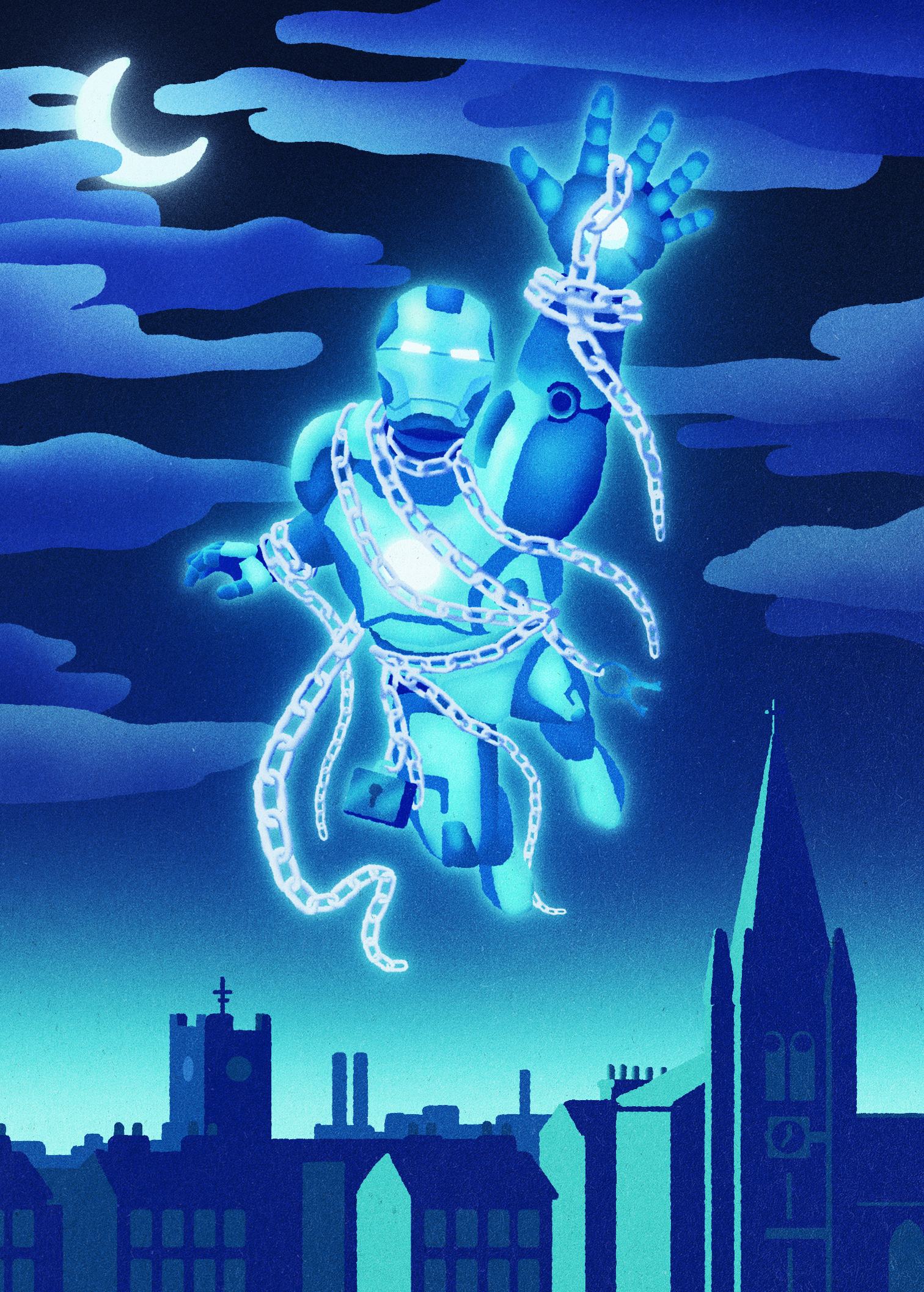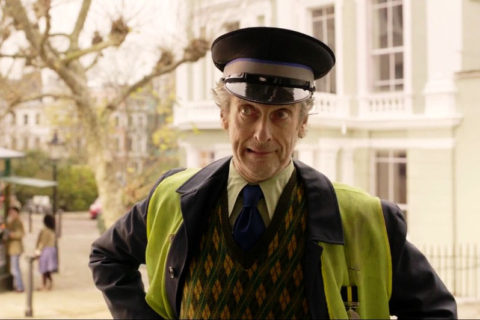Ghosts of Christmas Stark
Why Iron Man’s third (and finest) solo venture is distinctly Dickensian.

In 1843 Charles Dickens’ wrote that he hoped A Christmas Carol would “haunt [readers’] houses pleasantly”; and, thanks to endless reprints, stagings, radio plays, TV shows and films, each offering their own flavour of adaptation, it has done just that for over 180 years. But for the modern viewer, what’s the finest apparition of Christmas Carol’s Present? Well, that’s obviously Iron Man 3.
Look closely, at the threads that make up Shane Black’s festive foray into the MCU and you can see the Dickensian tale of morality is in the film’s DNA, from the backdrop of the most wonderful time of the year (it’s a Shane Black film, chances are it’s set at Christmas), to a rich man’s journey of self-reflection, aided by visions of his past. Do not shut out the lessons it can teach.
Iron Man, who did not die (at the end of Avengers), starts the film closed off, distanced from those who might care for him, hoarding the chains, suits and gadgets he forged in life, shut away in his billionaire’s mansion. Switch out PTSD from fighting an alien invasion with the challenges of, err, being a landlord, and you might as well call him Tony Scrooge.
Where Scrooge has to face the literal ghosts of the past, the present, and the future, Tony – solitary as an oyster – has to face representations of those through his film’s villains, Aldrich Killian and The Mandarin. Spurned genius Killian haunts Tony with the consequences of his previous mistakes, whilst The Mandarin presents Tony with a future shaped by Stark’s arrogance. And haunting his here and now? Well, that’s the man in the mask himself.
Eventually the redemption of both comes though stripping them of their wealth (and supersuits) and forcing them to reconnect with the people around them. Iron Man 3 may trade the top hat for the tech-obsessed, but there’s the spirit of transformation there nonetheless. God bless us every one.















